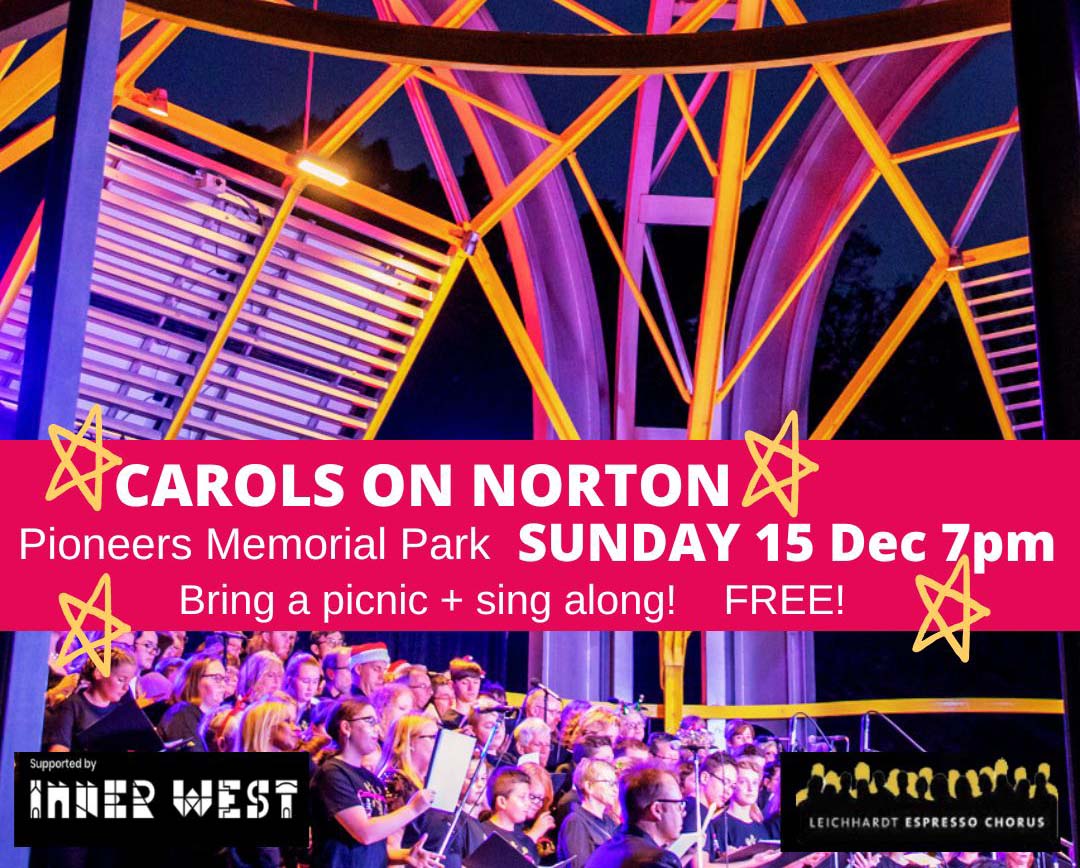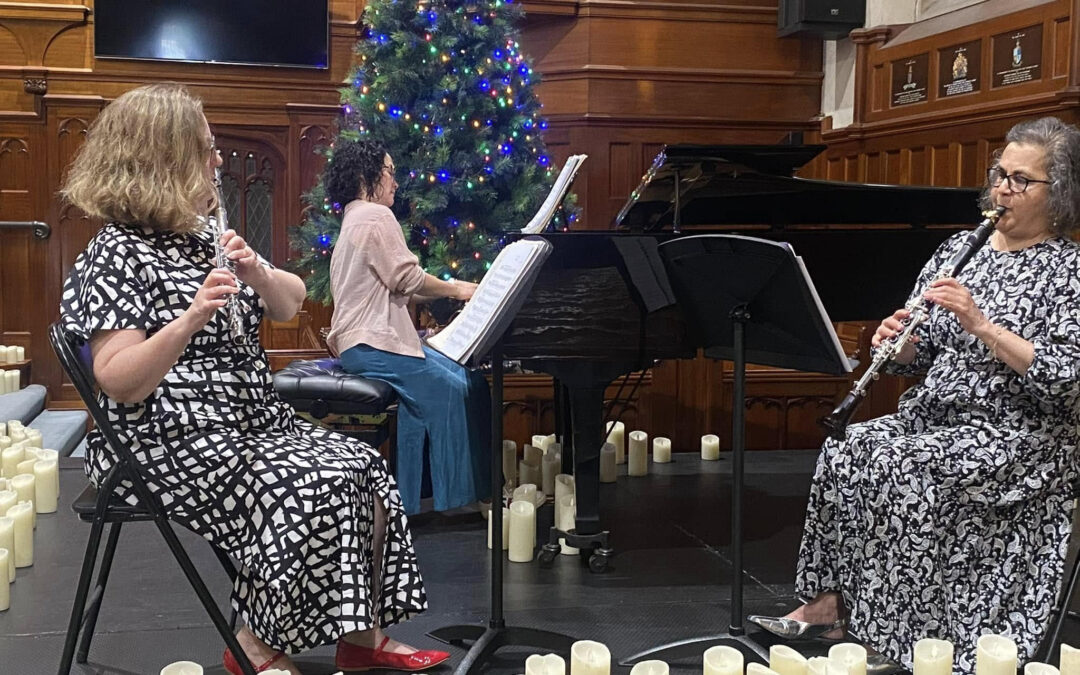Kats-Chernin’s The Spirit and the Maiden (2004), was commissioned in 2001 for the Macquarie Trio (of which Selby was a member) and has undergone several revisions since that time.
It is based on an intriguing Russian fairy tale where, in Movement I, a young girl accidentally drops her scarf in a well and when she reaches in, she instead pulls out a handsome water spirit. Movement II: they fall in love but he begins to evaporate away in the sunlight. To save him she returns the last droplet to the well. She falls in herself and the spirit realises she is drowning. Movement III: To save her he musters all his magic and turns her into a water lilac.
The work is very approachable due to fairly conventional tonality, traditional use of instruments and an unashamedly programatic structure. The story was easily found in the music and the sensitivity of the playing led to some beautiful moments like the mysterious darkness when the spirit is revealed, the spirits sadness when he realises the girl is dying, the frenetic stretto as he works his magic, and the delicacy of the final violin melody at the end as the flower is created.
This was a fresh performance of a charming work.
Dvořák wrote this, his first Piano Trio (Op 21 No 1 in B flat) in 1875 well before he gained international fame. At 34 he was still a struggling composer, but his musical style was already confident and mature. This trio is undeservedly somewhat neglected, partially due to the popularity of the later “Dumky” Trio.
Smiles made some opening remarks. It is always interesting to hear performers speak about the nature of performance. He mentioned the challenge of playing a piece which most of the audience are probably hearing for the first time, while the performers will be thoroughly familiar with it after their rehearsals and previous performances. In this instance both he and Chee were newcomers to this trio so were able to share their wonder of it in a direct way.
The work has strong folk influences, immediately obvious by the opening syncopated and rhythmically strong gypsy dance. The trio’s rendition imbued the frequent sudden changes of character throughout the work with all the freshness required of a first time hearing. The emotional content was fully realised ranging from the sad chorale of the second movement to the playful scherzo of the third, and in the contrasts in the final movement between the sparkling melodies of the violin and the growling darkness of the cello.
Chee introduced Ravel’s Piano Trio in A minor (1914), a work of his early musical maturity, which he rushed to finish so that he could go off and enthusiastically fight in the war. He took only five weeks to complete it. He went back to his roots in the Basque area of France to finish this work, away from the noise of Paris. The folk music of the Basque region is however not the only influence in the piece. Ravel found inspiration everywhere in his life and surroundings; the machinery of modern inventions, miniature music boxes and exotic oriental music, poetry and art.
The performance overall was sensitive. I was constantly impressed by the performers “giving the stage”; they listened closely to each other, showing a deep understanding of the architecture of the work and the part their instrument played in the texture. The octave melody in the first movement between the violin and cello for example was as if a single instrument was playing. Also the opening in the low left hand of the piano to the 3rd movement Passacaglia had a wonderful gravity, followed by matching warmth at the cello and violin entries.
Regarding his coming engagement in the war effort, Ravel romantically envisaged himself a dashing pilot. The final movement displayed a sort of grandiose, optimistic and heroic triumphalism. The effect was symphonic. Impressive that, considering there was only a trio on stage. As it turned out, he was too slight of build to be engaged as a fighting soldier. Instead he drove his truck “Adelaide” and ambulances for his part in the war effort…
A delightful and engaging concert overall; chamber music in the best tradition.
Review for:
![]()
Selby & Friends: Proud Folk | 13 July 2017 | City Recital Hall, Sydney
This was the fifth performance of a six concert tour taking in Sydney, Canberra, Melbourne, Adelaide and the Southern Highlands.
Kathryn Selby (piano) was joined for the tour by Natalie Chee (violin) and Julian Smiles (cello) to perform trios by Dvořák, Ravel and the Australian composer Elena Kats-Chernin.
![]()





























